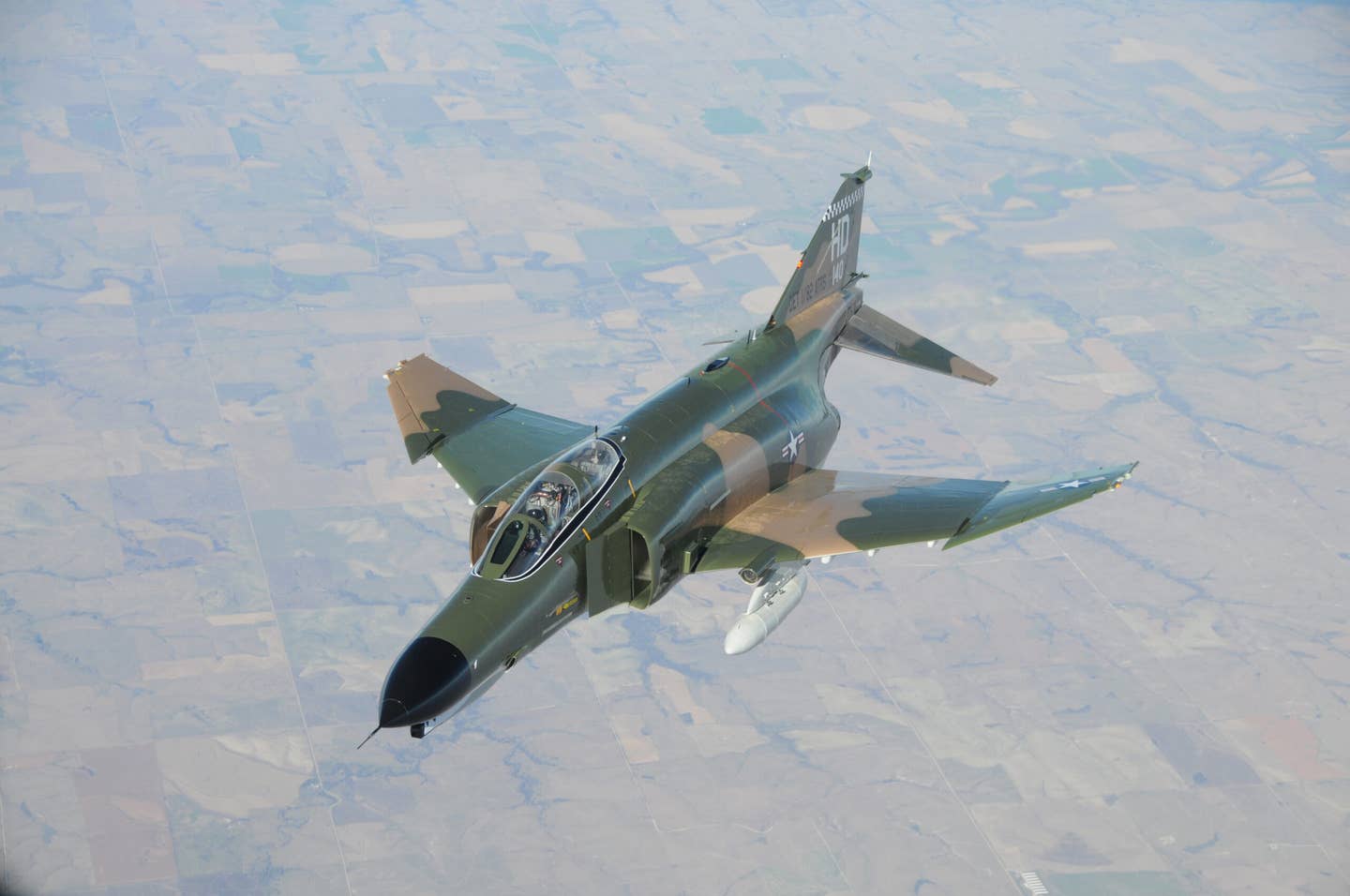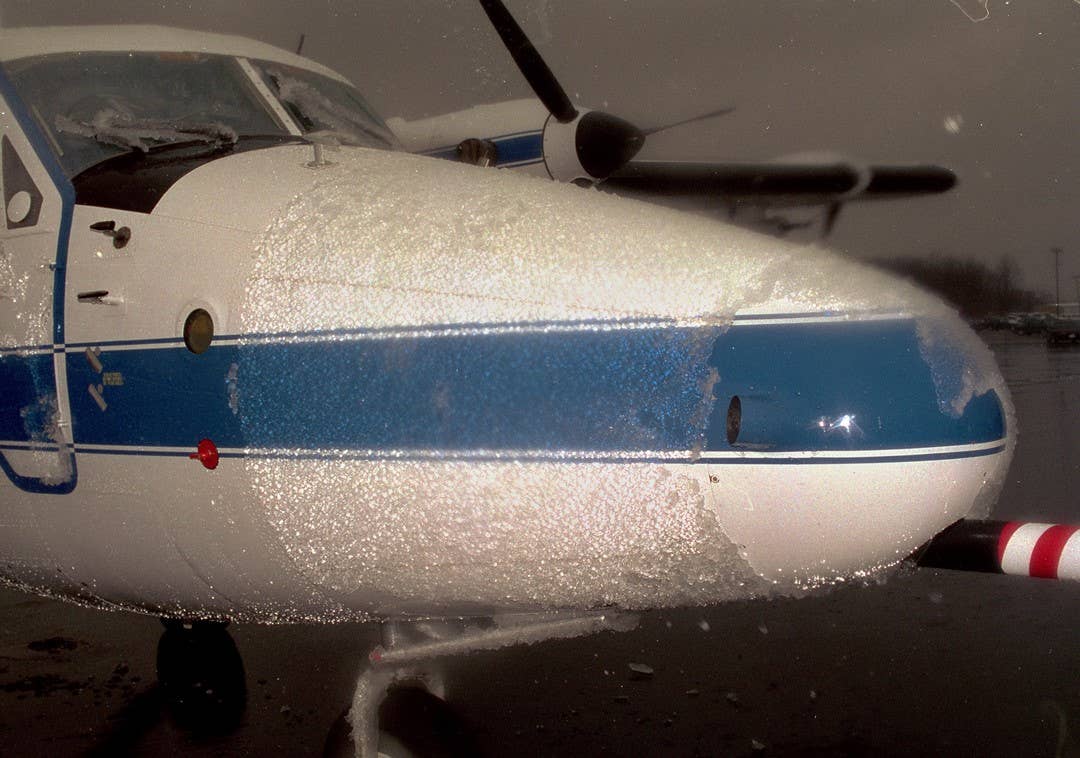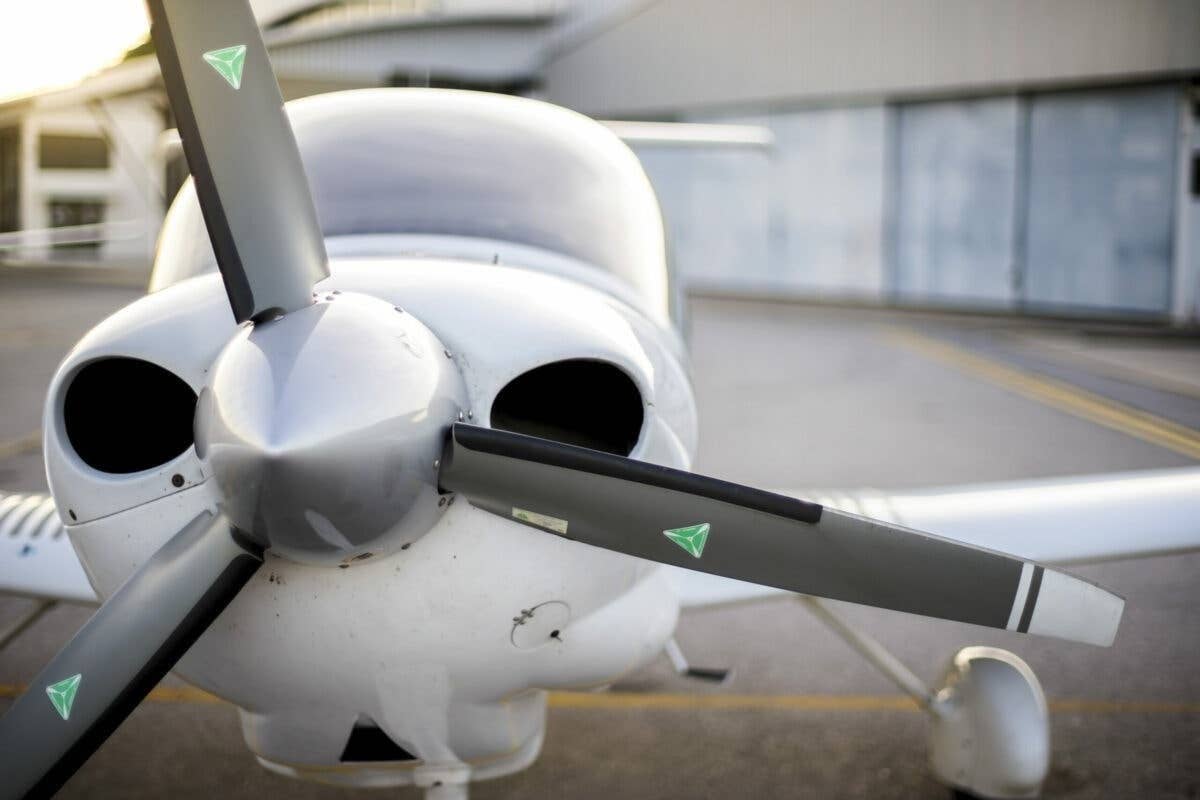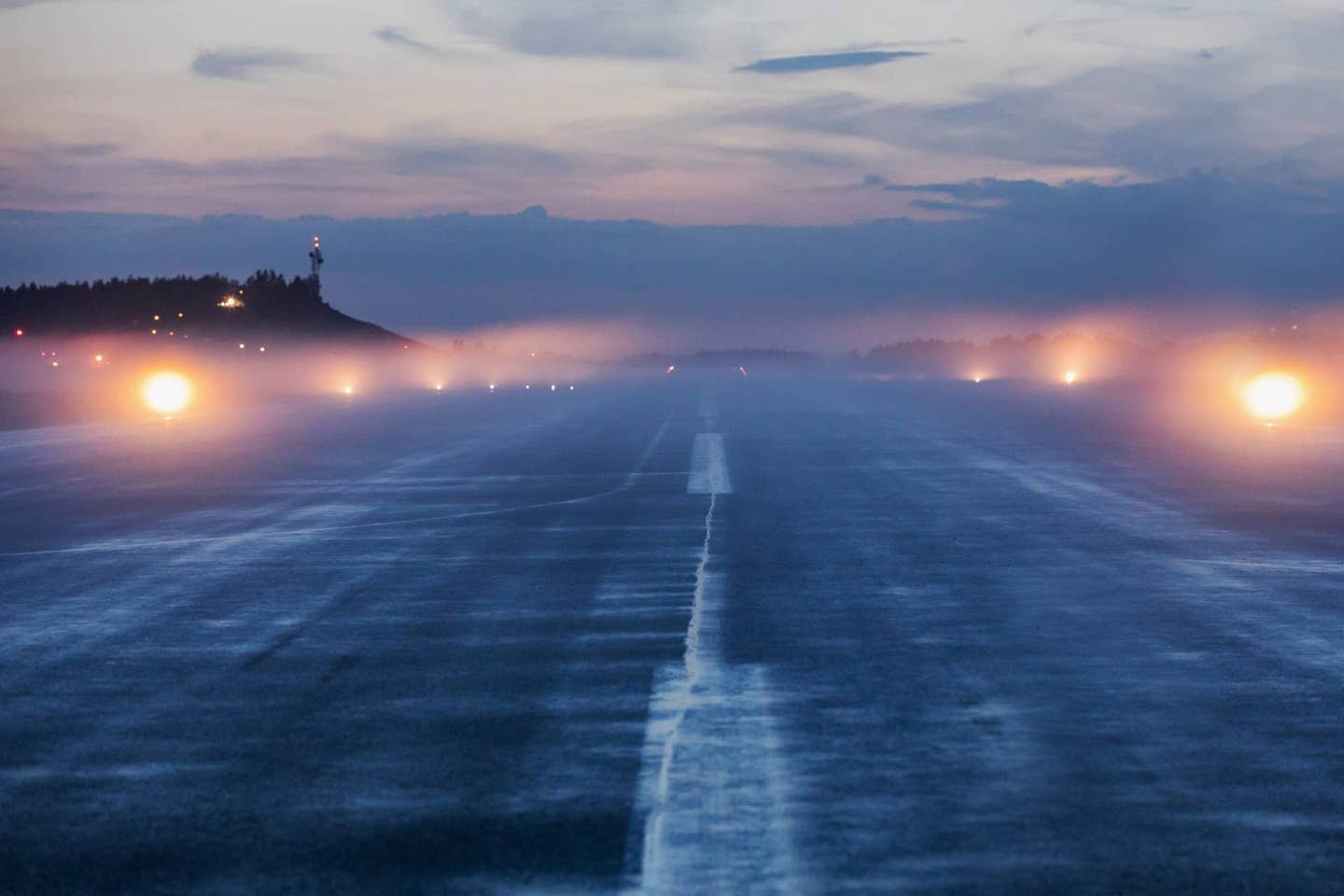
No matter how diligently a pilot practices risk mitigation and abides by flight regulations and safety recommendations, there are other pilots with opposite and hazardous attitudes who endanger others. Barry Ross/BarryRossArt.com
The phrase “armed and dangerous” is an idiom I apply to a pilot with hazardous attitudes such as anti-authority (“don’t tell me”), invulnerability (“it won’t happen to me”) and macho (“I can do it”). These individuals fly by their rules in unpredictable and potentially dangerous ways, disregard established flight-safety practices, seem unconcerned for their own safety and that of others and appear a step away from an accident. The following flight involved such a pilot whose airplane nearly collided with the airplane I was flying as a flight instructor in the traffic pattern at a nontowered airport. Before the near midair collision, I did not fully consider a series of red flags from the pilot and assumed he would fly a normal traffic pattern.
My flight student and I performed a preflight risk-management assessment by 1) identifying potential hazards (using the FAA’s PAVE model, i.e., Pilot, Aircraft, enVironment and External pressure); 2) assessing risks (using the FAA’s risk-assessment matrix to determine the likelihood and severity of risks); and 3) mitigating risks of high likelihood and severity. We self-evaluated our personal physical fitness for flight by “passing” the IMSAFE checklist (Aeronautical Information Manual, Chapter 8). The airplane (a Cessna 172 NAV III, N1416W) was in excellent operational condition (no squawks), had nearly full fuel tanks, weight and balance parameters were within appropriate ranges, and it was appropriately equipped for the flight. Regarding the environment, visual meteorological conditions prevailed; ceiling and visibility were unlimited; and wind direction and speed were 60 degrees at 8 knots. There were no TFRs along the route of flight, no notams adversely affecting the departure and arrival airports, and the flight was to be conducted on a weekday morning with light traffic expected in the area. A restricted area used by the military, immediately northeast of our destination airport, was inactive at our estimated time of arrival. While en route, we planned to monitor ATC to remain situationally aware if the restricted area were to become active. Also, there were no significant external sources of pressure compelling us to complete the flight on schedule. Because no significant hazards were identified, the likelihood of risks was assessed as remote to improbable, and the severity of risks was assessed as marginal to negligible.
Training objectives included flying to and from another airport, flying in the traffic pattern at a nontowered airport, takeoffs and landings, radio communication, and seeing and avoiding traffic. Our airplane departed at 11 a.m. local time from Gainesville Regional Airport (KGNV), a Class D airport in Gainesville, Florida, destined for Keystone Airpark (42J), a Class G airport in Keystone, Florida (airport elevation approximately 200 feet), 15 nm northeast of the departure airport. Runways 5, 23, 11 and 29 were available for use at 42J.
We flew 10 nm to the north of 42J and obtained the AWOS information. Because the wind direction was from the northeast, and to be in compliance with FAR 91.126 (an airplane must make all turns in the traffic pattern to the left, unless right turns are specified), we self-announced our intentions on the CTAF to enter the left downwind for Runway 5. A similar self-announcement was made 5 nm north of the airport. Subsequently, we self-announced entering the traffic pattern at a 45-degree angle, while on left downwind at 1,200 feet msl (1,000 feet agl) at 1 nm distance from Runway 5, and while flying on all the legs of the pattern during our touch-and-go circuits.
After we were established on a left downwind approximately 1 nm from Runway 5 and at the previously stated traffic pattern altitude, the pilot of a PA-28 Archer self-announced: “Keystone, Archer is 6 north at 4,000, coming in high and hot” — red flag number one. We immediately stated our airplane type and that we were established left downwind for Runway 5. I assumed he would follow conventional rules by entering the traffic pattern at an appropriate distance behind our airplane and not interfere with our airplane’s flight. The Archer pilot then stated, “Descending for 1,700-foot traffic pattern left downwind 5” — red flag number two. From the radio exchange, I realized he was diving too close to the airport to an incorrectly high traffic pattern altitude and most likely would be entering the traffic pattern at a higher-than-normal airspeed. About two minutes later, the Archer pilot stated, “4 north, left downwind 5 at 1,700, landing right on your tail” — red flag number three. He intended to fly an unorthodox traffic pattern, i.e., fly 3 nm too far from the runway and 500 feet too high while on the downwind leg. Also, his provocative intention to land a few yards behind us after our landing and while we were on the runway was fraught with danger.
Our traffic display depicted an aircraft flying parallel to and approximately 500 feet above our airplane. I looked up and to the right front and saw the Archer flying above and faster than our airplane. Approximately 30 seconds later, our airplane was abeam the numbers/landing threshold. We were about to reduce power, deploy flaps to the first setting and begin descending on the downwind leg. Again, I assumed the Archer pilot would wait until after we turned base leg and then to the final leg before he turned to the base leg. I scanned to the right again, and to my astonishment, the Archer had already turned left base and descended to our altitude (1,200 feet msl). It was perpendicular to and headed in the direction of our airplane on a direct collision course. Immediately, I took control of our airplane by applying full power, pitching up to best-rate-of-climb airspeed (74 kias) and readjusting the elevator trim to climb. At a 90-degree angle to the Archer’s fuselage, we flew above the Archer, avoiding a midair collision by approximately 100 feet. My flight student was visibly shaken by the near midair collision. Unwilling to endure additional risks from the Archer pilot, we departed the area back to our home base.
Although there were multiple red flags about his inappropriate flying, I assumed the Archer pilot would fly the traffic pattern properly. I should have immediately realized the potential danger posed by the Archer pilot following each red flag, especially after the third one. I made a mistake by continuing to fly in the traffic pattern, a near tragic mistake.
I relearned to 1) concentrate on recognizing red flags and be proactive; 2) never assume anything, especially the behavior of pilots in the traffic pattern at a nontowered airport; and 3) remain situationally aware of all aircraft in the traffic pattern.
When flying in the traffic pattern, especially at nontowered airports in Class E and Class G airspace, my student and I were reminded to always remain vigilant of unexpected maneuvers of other pilots. Diving entries into the traffic pattern and descending above an airport, as in the case of the Archer pilot who abruptly descended from 4,000 feet to 1,700 feet (1,500 feet agl), create specific collision hazards and should always be avoided. Similarly, flying greater than 2 to 3 nm away from the runway on downwind, and then turning from downwind to the base leg while not self-announcing the turn on the radio, risks colliding with pilots flying an appropriately closer traffic pattern, as we were doing. A pilot flying an appropriately closer traffic pattern might not see an airplane on a 3 to 4 nm downwind leg or a 3 nm base leg. Using a common traffic pattern altitude and distance from the airport, i.e., 1,000 feet agl for general aviation aircraft and one-half to 1 nautical mile from the runway, respectively, are essential for minimizing the risk of collisions at airports without an operating control tower (see AIM Chapter 4, Section 3; Airplane Flying Handbook [FAA-H-8083-3B] Chapters 7 and 8; and Advisory Circular AC 90-66A).
Other lessons relearned were that onboard traffic-advisory systems exist to help visually acquire and avoid other aircraft and are not a substitute for an outside visual scan. While flying left downwind, we might have collided if I had not looked a second time for the Archer and relied on a previous view of its position on the MFD. During instructional flights, one pilot should always be responsible for scanning for traffic. Portable electronic devices and colorful glass panels can lead to excessive distractions and head-down time, limiting a pilot’s ability to see other airplanes.
What percentage of time should a pilot maintain outside visual lookout for other aircraft? As stated in the AIM, visual time inside the cockpit should represent no more than approximately four seconds for every 16 seconds outside. In other words, when weather conditions permit, pilots should look outside to see and avoid other aircraft for at least 75 percent of the time to minimize the likelihood of a midair collision. When flying in VMC, always “look outside and peek inside.” Scanning the sky on an arc from wingtip to wingtip for other aircraft and elevated obstacles is a key to collision avoidance.
Also, I learned about landing expectancy, i.e., the anticipatory belief that conditions were not as threatening as they appeared and the landing could be completed safely. Some pilots expect to land every time after flying in the traffic pattern. Although the Archer pilot’s flying was inappropriate, I expected the approach and landing could be performed safely, but I should have realized it was potentially dangerous. Landing expectancy is a form of “get-there-itis.” Pilots should always be willing to immediately implement safer options — for example, by performing a go-around/rejected landing or departing the traffic pattern and landing at another airport.
No matter how diligently a pilot practices risk mitigation and abides by flight regulations and safety recommendations, there are other pilots with opposite and hazardous attitudes who endanger others. Their potentially lethal behavior needs to be considered during risk planning, especially when flying at nontowered airports where there is no ATC direction, as well as in high-volume traffic areas. Flying in the traffic pattern with such pilots is akin to dancing with the devil — you could get burned.

Sign-up for newsletters & special offers!
Get the latest FLYING stories & special offers delivered directly to your inbox





![[PILOT AND SNELLEN CHART PIC]](https://www.flyingmag.com/uploads/2022/11/2022-FlyingMag.com-Native-Advertising-Main-Image--scaled.jpeg?auto=webp&auto=webp&optimize=high&quality=70&width=1440)
